Introduction
SIM868 Overview
SIM868 Key Features
Operating Modes
Functional Diagram
Package Information
Pin Out Diagram
Pin Description
Package Dimensions
Application Modes of SIM868
All-in-one Mode
Stand-alone Mode
Application Interface of GSM
Power Supply of GSM
Reference Circuit of GSM Power Supply
Power on/off GSM Part
Power on GSM
Power off GSM
Power off GSM by the PWRKEY Pin
Power off GSM by AT Command
Restart GSM by PWRKEY:
Power Saving Mode of GSM
Minimum Functionality Mode of GSM Part
Sleep Mode 1 (AT+CSCLK=1)
Wake Up GSM from Sleep Mode 1
Sleep Mode 2 (AT+CSCLK=2)
Wake Up GSM from Sleep Mode 2
Serial Port of GSM
Function of Serial Port
Serial Interfaces
Debug Interface
Software Upgrade of GSM
UART1_RI Behaviors
Audio Interfaces
Speaker Interfaces Configuration
Microphone Interfaces Configuration
Audio Electronic Characteristic
TDD Noise of GSM
SIM Card Interface
SIM Card Application
SIM Card Design Guide
Design Considerations for SIM Card Holder
SD Interface
I2C Bus
ADC
Network Status Indication
Operating Status Indication
RF Synchronization Signal
Antenna Interface of GSM
Bluetooth Antenna Interface
Bluetooth Low Energy (BLE)
Application Interface of GNSS
GNSS Overview
Power Supply of GNSS
Backup Power of GNSS
Power on/off GNSS
Serial Port of GNSS
Software Upgrade of GNSS
1PPS Output
Antenna Interface
Passive Antenna
Active Antenna
Operation Modes of GNSS
A-GPS
Easy Mode
EPO
Fast-Fix
Multi-tone AIC
SBAS
PCB Layout
Pin Assignment
Principle of PCB Layout
Antenna Interface
Power Supply
SIM Card Interface
Audio Interface
Electrical, Reliability and Radio Characteristics
Absolute Maximum Ratings
Recommended Operating Conditions
Digital Interface Characteristics
SIM Card Interface Characteristics
SIM_VDD Characteristics
VDD_EXT Characteristics
Current Consumption(GSM_VBAT=4.0V)
Electro-Static Discharge
Radio Characteristics
Module RF Output Power
Module RF Receive Sensitivity
Module Operating Frequencies
Manufacturing
Top and Bottom View of SIM868
Typical Solder Reflow Profile
The Moisture Sensitivity Level
Baking Requirements
Packaging
Appendix
Related Documents
Terms and Abbreviations
Safety Caution
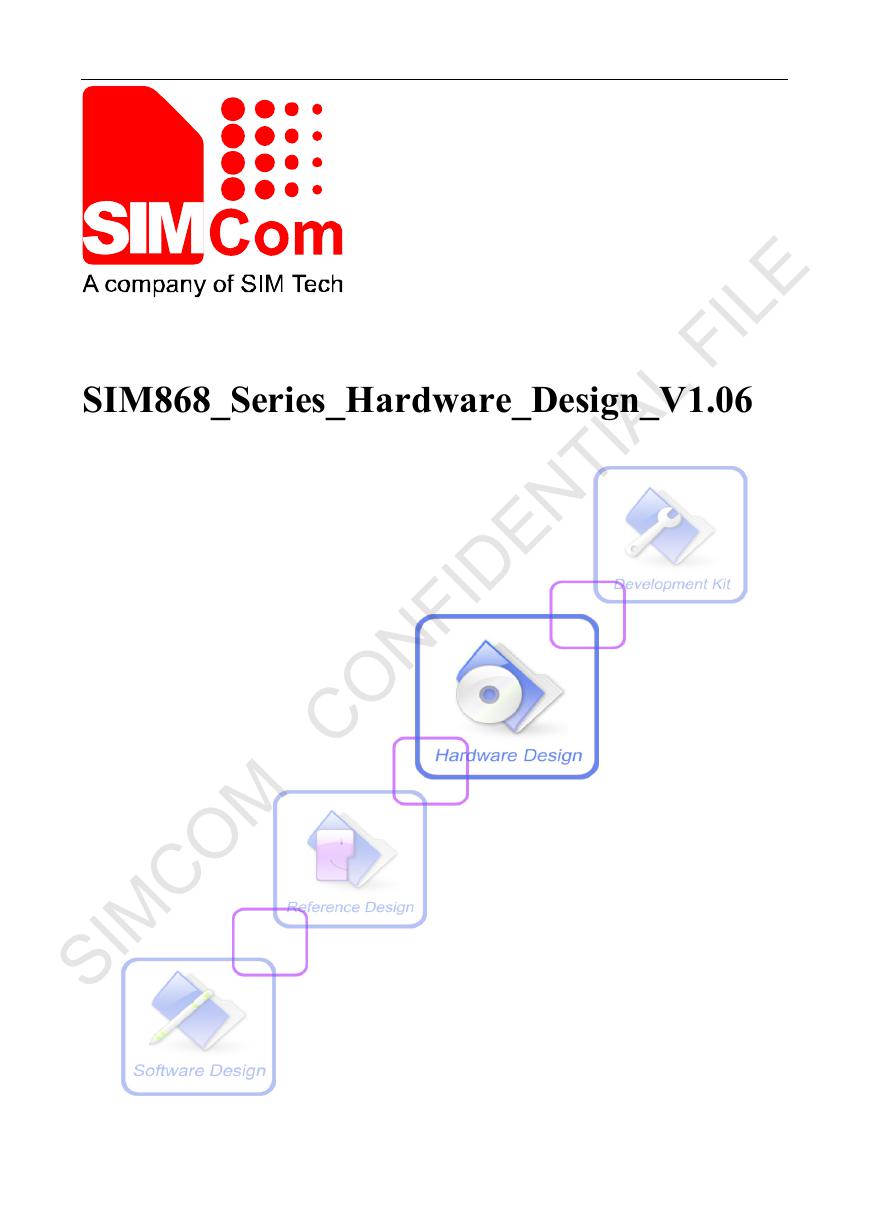
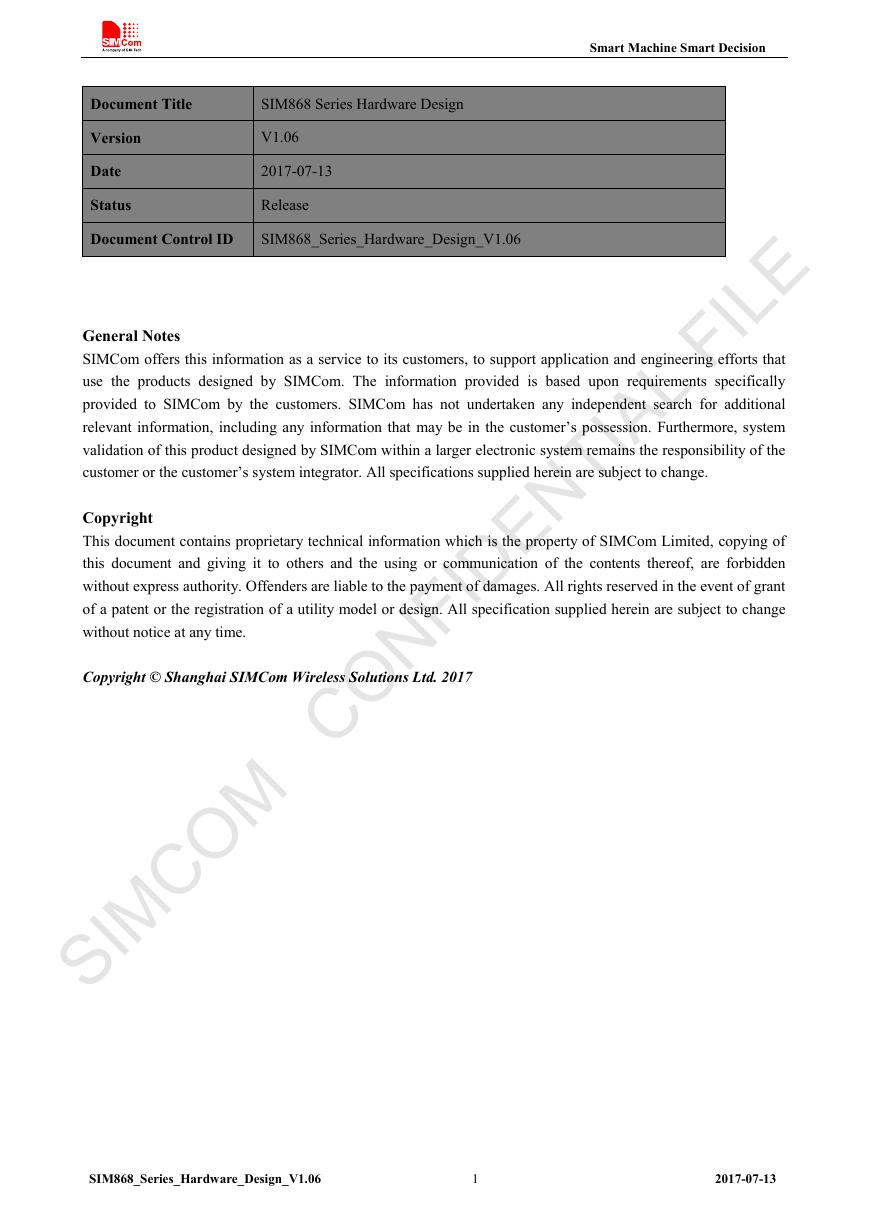
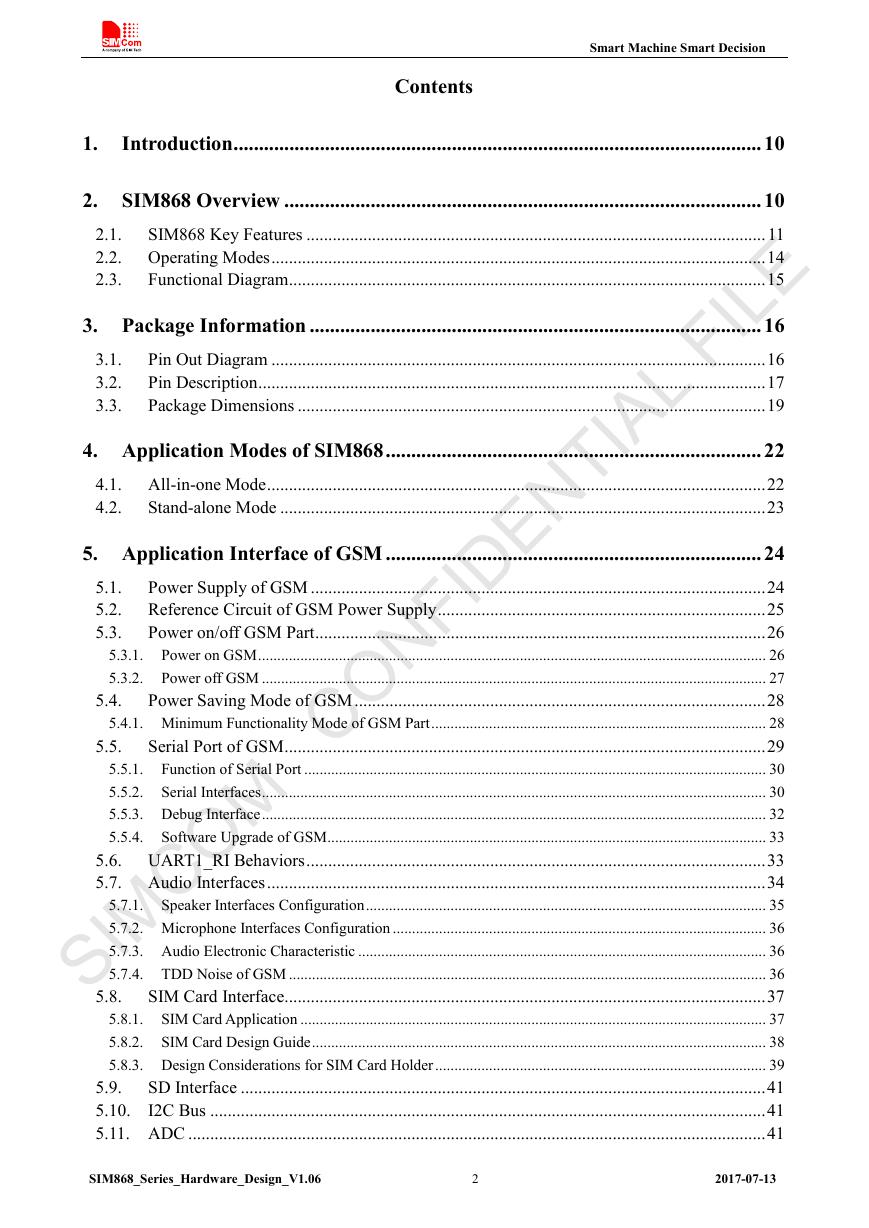
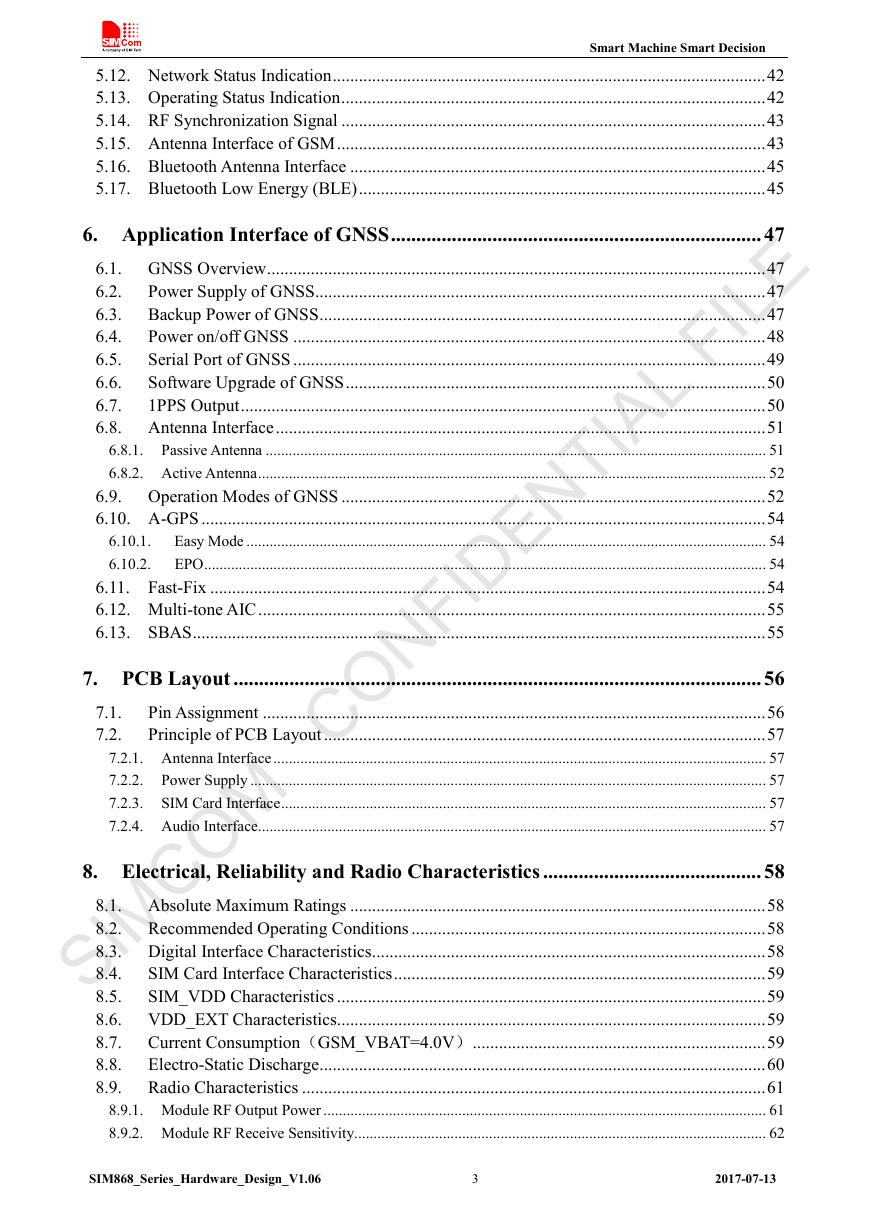
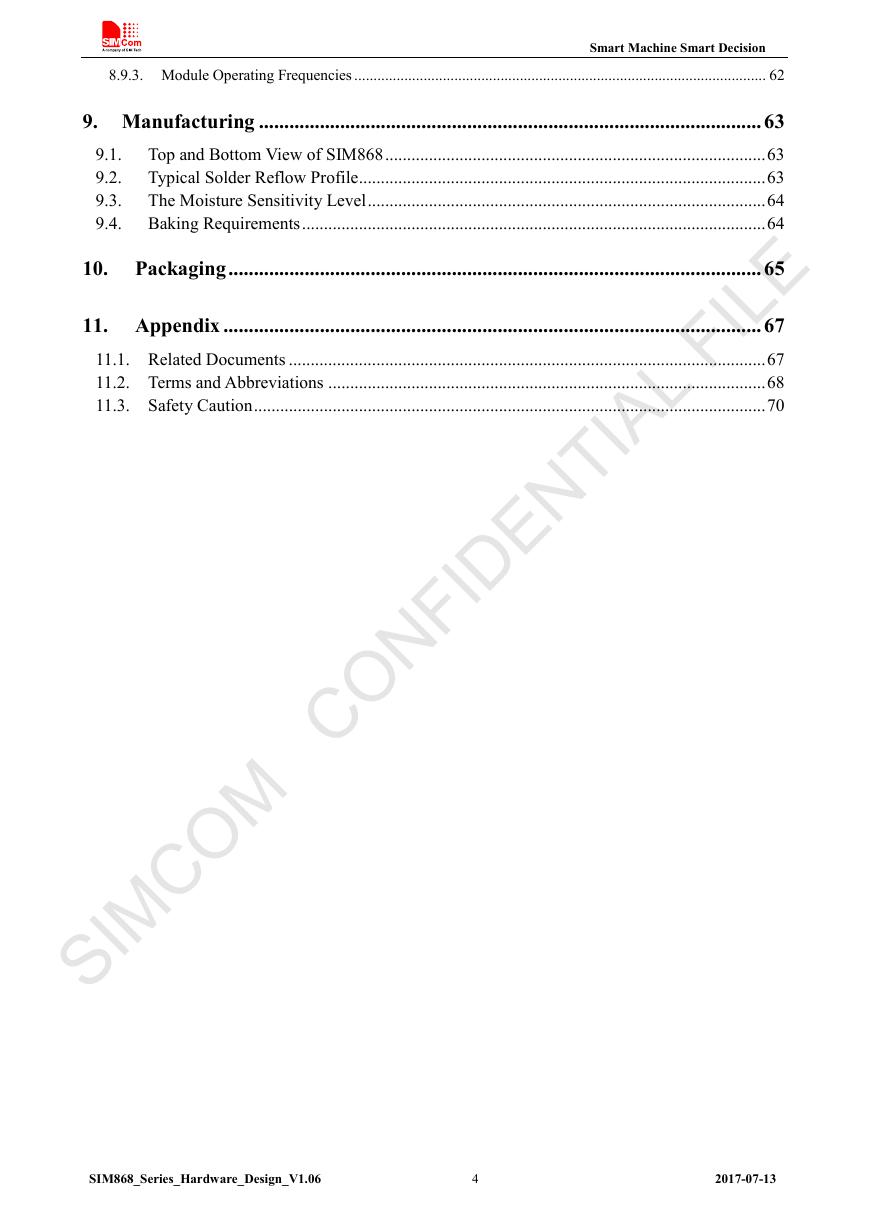
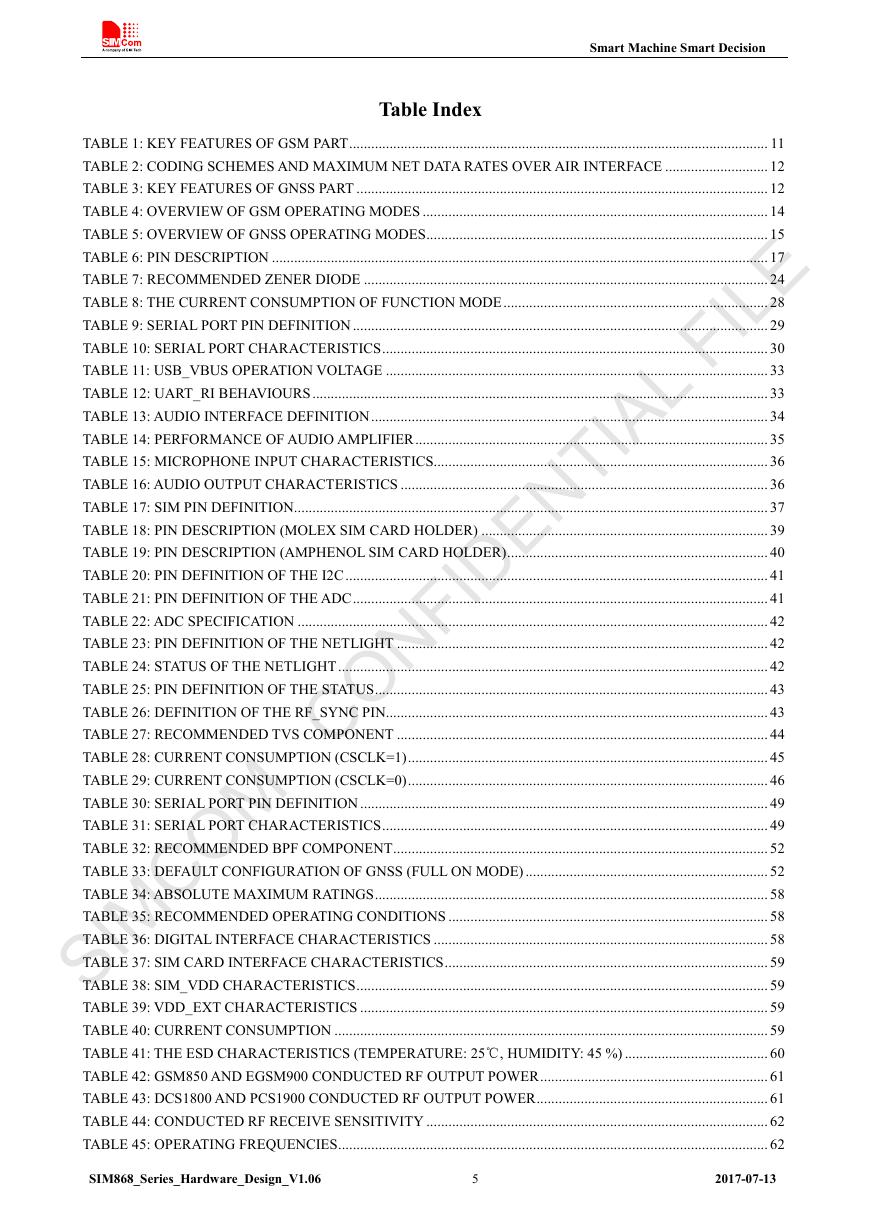

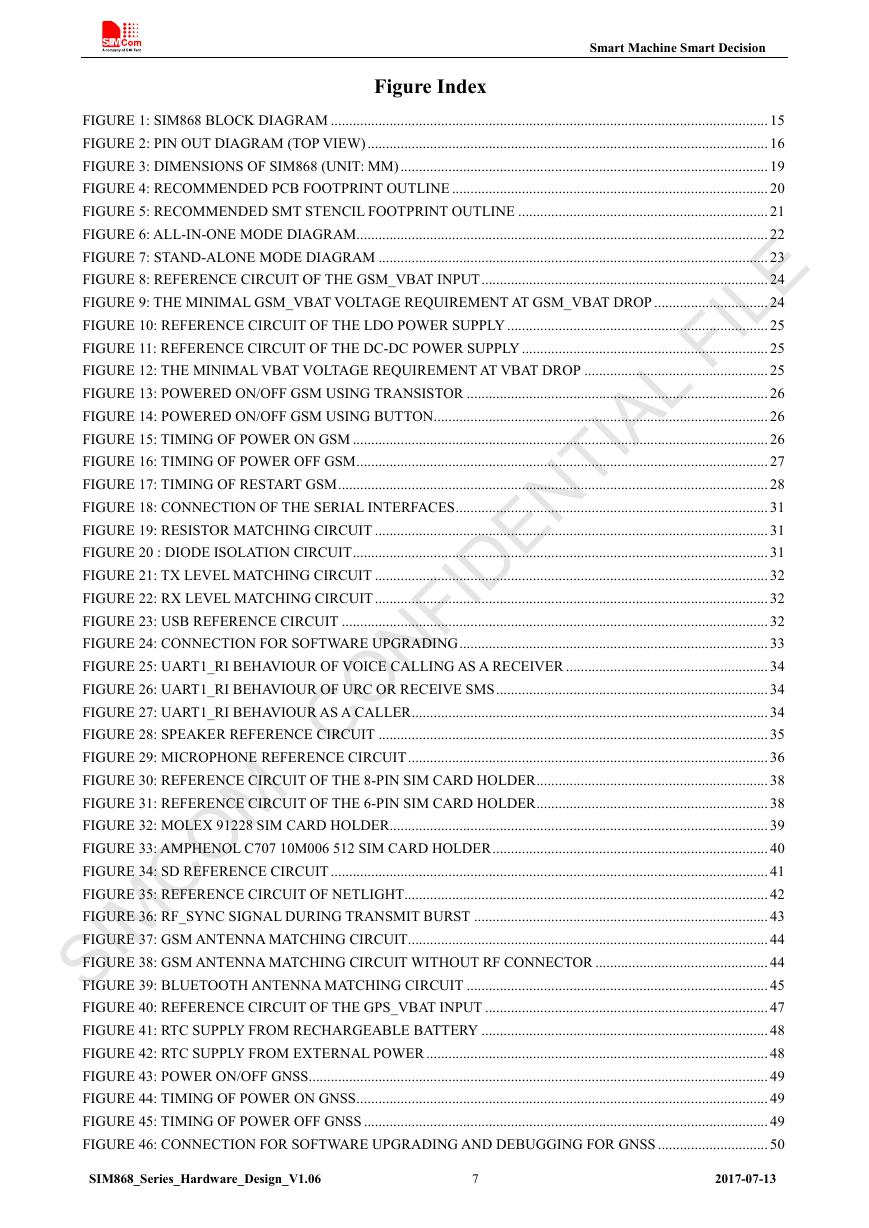








 V2版本原理图(Capacitive-Fingerprint-Reader-Schematic_V2).pdf
V2版本原理图(Capacitive-Fingerprint-Reader-Schematic_V2).pdf 摄像头工作原理.doc
摄像头工作原理.doc VL53L0X简要说明(En.FLVL53L00216).pdf
VL53L0X简要说明(En.FLVL53L00216).pdf 原理图(DVK720-Schematic).pdf
原理图(DVK720-Schematic).pdf 原理图(Pico-Clock-Green-Schdoc).pdf
原理图(Pico-Clock-Green-Schdoc).pdf 原理图(RS485-CAN-HAT-B-schematic).pdf
原理图(RS485-CAN-HAT-B-schematic).pdf File:SIM7500_SIM7600_SIM7800 Series_SSL_Application Note_V2.00.pdf
File:SIM7500_SIM7600_SIM7800 Series_SSL_Application Note_V2.00.pdf ADS1263(Ads1262).pdf
ADS1263(Ads1262).pdf 原理图(Open429Z-D-Schematic).pdf
原理图(Open429Z-D-Schematic).pdf 用户手册(Capacitive_Fingerprint_Reader_User_Manual_CN).pdf
用户手册(Capacitive_Fingerprint_Reader_User_Manual_CN).pdf CY7C68013A(英文版)(CY7C68013A).pdf
CY7C68013A(英文版)(CY7C68013A).pdf TechnicalReference_Dem.pdf
TechnicalReference_Dem.pdf